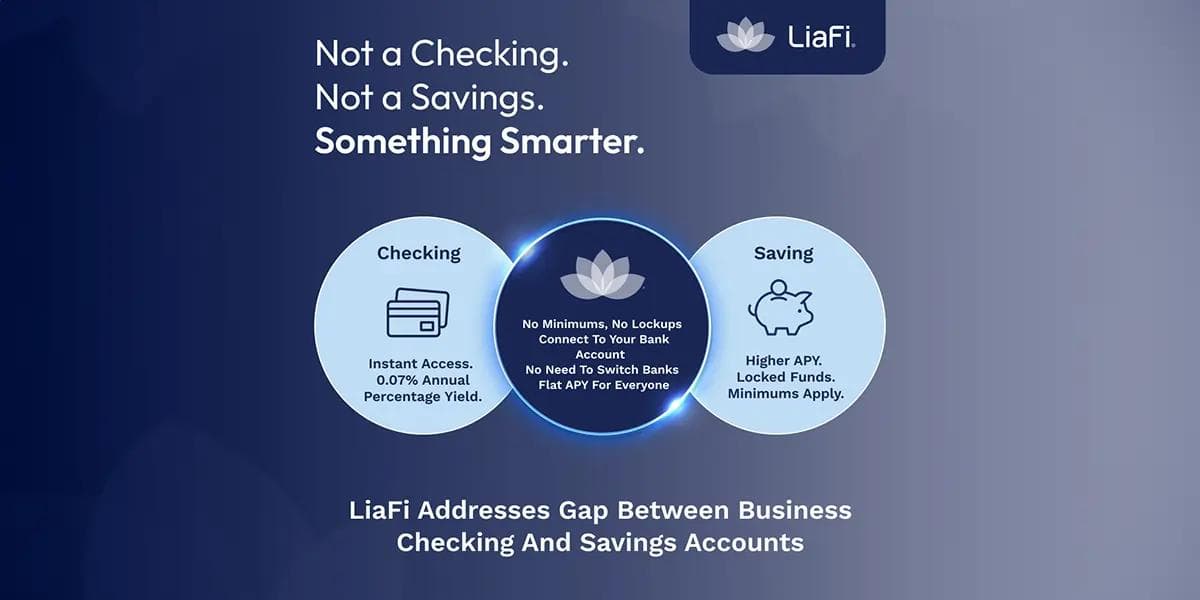Wiley is pleased to announce the publication of two new finance titles.
Wiley is pleased to announce the publication of two new finance titles.
Published by Gbaf News
Posted on April 26, 2018

Published by Gbaf News
Posted on April 26, 2018

The first, A Guide to Financial Regulation for Fintech Entrepreneurs by Stefan Loesch, clearly explains the purpose and structure of the regulatory environment, and provides readers with frameworks that enable them to develop an effective regulatory strategy.
Fintech has been growing dramatically over the last few years, and it is now an important sector in its own right. This means that Fintech companies, who could so far often rely on a comparatively lenient regulatory regime, will now have to give serious thoughts on compliance with applicable regulatory rules.
In the first part of the book, Loesch covers why financial services regulation exists, what its goals are and how Fintech executives can use this regulation to gain a strategic advantage for their companies.
The second part provides a more detailed map of the key regulations that Fintech companies have to follow – identifying the most relevant ones and then distilling down the thousands of pages of prose from regulatory texts to enable readers to quickly identify the areas which matter to them.
Operating in a highly regulated environment is not all bad – companies that can play the regulatory game well have a strategic advantage. Written for professionals, this easy-to-read introduction to financial services and its regulation is for anyone involved in formulating or executing a Fintech start-up strategy or whose job touches financial services regulation.
The second title is Marcos López De Prado’s Advances in Financial Machine Learning.
Machine learning (ML) is changing virtually every aspect of our lives. Today ML algorithms accomplish tasks that until recently only expert humans could perform. For finance, this is the most exciting time to adopt a disruptive technology that will transform how everyone invests for generations.

Readers of Advances in Financial Machine Learning will discover how to structure Big Data in a way that is amenable to ML algorithms; how to conduct research with ML algorithms on that data; how to use supercomputing methods; and how to backtest discoveries while avoiding false positives.
Written by a recognised expert and portfolio manager, this guidebook offers authoritative insight into using advanced ML solutions to overcome real-world investment problems and will equip investment professionals and data scientists at the forefront of this evolution with the groundbreaking tools needed to succeed in modern finance.
Featuring code snippets and hands-on exercises that facilitate the quick absorption and application of best practices in the real world, Advances in Financial Machine Learning will help readers get ahead of tomorrow’s competition by:

The first, A Guide to Financial Regulation for Fintech Entrepreneurs by Stefan Loesch, clearly explains the purpose and structure of the regulatory environment, and provides readers with frameworks that enable them to develop an effective regulatory strategy.
Fintech has been growing dramatically over the last few years, and it is now an important sector in its own right. This means that Fintech companies, who could so far often rely on a comparatively lenient regulatory regime, will now have to give serious thoughts on compliance with applicable regulatory rules.
In the first part of the book, Loesch covers why financial services regulation exists, what its goals are and how Fintech executives can use this regulation to gain a strategic advantage for their companies.
The second part provides a more detailed map of the key regulations that Fintech companies have to follow – identifying the most relevant ones and then distilling down the thousands of pages of prose from regulatory texts to enable readers to quickly identify the areas which matter to them.
Operating in a highly regulated environment is not all bad – companies that can play the regulatory game well have a strategic advantage. Written for professionals, this easy-to-read introduction to financial services and its regulation is for anyone involved in formulating or executing a Fintech start-up strategy or whose job touches financial services regulation.
The second title is Marcos López De Prado’s Advances in Financial Machine Learning.
Machine learning (ML) is changing virtually every aspect of our lives. Today ML algorithms accomplish tasks that until recently only expert humans could perform. For finance, this is the most exciting time to adopt a disruptive technology that will transform how everyone invests for generations.

Readers of Advances in Financial Machine Learning will discover how to structure Big Data in a way that is amenable to ML algorithms; how to conduct research with ML algorithms on that data; how to use supercomputing methods; and how to backtest discoveries while avoiding false positives.
Written by a recognised expert and portfolio manager, this guidebook offers authoritative insight into using advanced ML solutions to overcome real-world investment problems and will equip investment professionals and data scientists at the forefront of this evolution with the groundbreaking tools needed to succeed in modern finance.
Featuring code snippets and hands-on exercises that facilitate the quick absorption and application of best practices in the real world, Advances in Financial Machine Learning will help readers get ahead of tomorrow’s competition by:

Explore more articles in the Top Stories category











